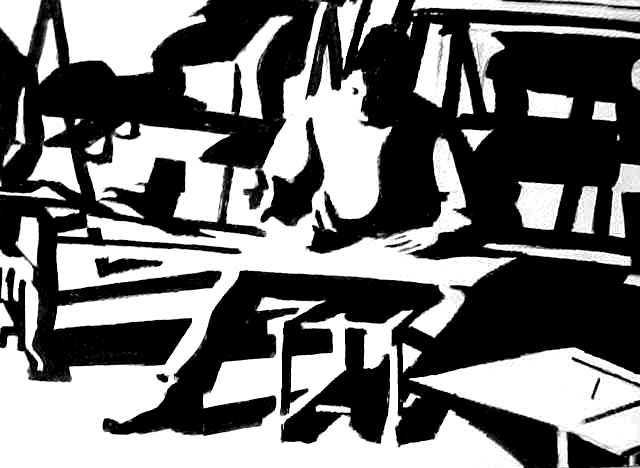Life insurance agents market Indexed Universal Life (IUL) in large part by illustrations showing cash value returns based on interest rate crediting assumptions. The default rate for running an IUL quote is set by the carrier, and that’s based on historical index averages. Long historical look backs, often 30 years, generate the highest interest rate assumptions. To give a quote, agents can assume a lower credit rate by plugging in a lower percentage on the software, but the carrier default rate shows highest cash value accumulation, so the assumed rate, likely between 7% and 8.25%, has the strongest incentive to be presented. Some major life insurance carriers want this practice reformed, concerned that their eventual inaccuracy of the cash value accumulation will give everyone in the life industry a bad name.
Is there cause for concern? Yes. Some carriers who object primarily market whole life products, so the criticism is self serving, but their concern is legitimate.
Index UL products credit rate assumptions are up there. The most common index used for IULs is the S & P 500, and the historical average hovers around an 8.00% rate of return. The illustration runs a steady 8% crediting rate every year until age 120. For a 35 year old, that’s 85 years straight. Projections have great cash value figures at age 65, and loans for retirement income age 65 to age 100. Impressive, but unrealistic.
One carrier doing business in New York has modified their illustration to show alternate values more prominently. It look something like this:
| Guaranteed Values | Non-Guaranteed Values (alternate) |
Non-Guaranteed Values |
| . | ||
| 2.00% | 4.00% | 8.00% |
Nothing really new. Illustration signature pages already have a midpoint assumption. This just runs the values all the way out on the subsequent charts. Still the IUL illustration shows S & P 500 Index annual point interest crediting each and every year even if an alternate cuts the assumed return in half. Interest crediting is subject to cap, now hovering around 13%, but may be reset lower the guaranteed cap is around 4% for many plans. Indexed ULs have a the zero percent floor guarantee. How often will the index hit the floor to effect the average? Showing the same crediting rate every year is harder to justify in the distribution phase for retirement income loans. Compare a 30 year history, to a 15 year history and add up the zeros, by counting 0, 1, 2, 8, 11, as in 2000, 2001, 2002, 2008, 2011.
Here’s a better proposal from Fred Anderson, a life actuary from the Minnesota Department of Insurance. (emphasis mine)
“Principles that should be included, Andersen said, are a national index of credit rates no more than 1¼ to 2¼ percent higher than traditional universal credit rates; prominent side-by-side mid-point comparisons; the relationship between policy loan rates and credit rates “that addresses a problem there.”
Doing a survey of ten large life company UL credit rates on December 8, 2014, they showed most current assumption UL now credit in the 3% to 4% range. A few were 4% to 5%. Adding 1¼ to 2¼ percent would mean Index UL illustrations should assume credit rates of 4.25% to at the most 7.00%. As it stands now, a consumer is more likely to be shown 8% each and every year. It wouldn’t be difficult for life companies to have illustrations with interest rate variations to match actual historical returns, so the client could review cash values that reflect the typical historical ups and downs of index returns. It’s already done on indexed annuities proposals. John Hancock‘s Indexed UL illustrations already have this option.
Recommendation: Consumers should request Index UL illustrations with non guaranteed credit rates no higher than 5.00% to 5.50%. A constant crediting rate is unrealistic; consider cash value projections for comparison purposes only.
Posted 12/12/2014. Interest rates subject to change.


 Licensed Agent: Sean Drummey
Licensed Agent: Sean Drummey



